
A large veterans health administration study estimated antibiotic use during the last 6 months of life for patients under hospice or palliative care.

Antimicrobial Stewardship Education Reduces Antibiotic Prescriptions in COVID-19 Patients

A large veterans health administration study estimated antibiotic use during the last 6 months of life for patients under hospice or palliative care.

The risk of a community-acquired C difficile infection was 7-fold higher for outpatients with antibiotic exposure.

During the COVID-19 pandemic, use of community-acquired pneumonia antibiotics increased significantly, while relative utilization of carbapenems decreased.

Company is working towards full Food and Drug Administration approval in the coming months.
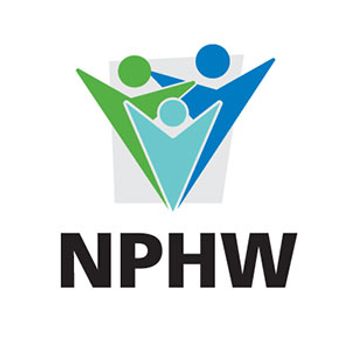
As this is National Public Health Week, and COVID-19 is still top of mind for clinicians and public health officials, what is it going to take for it to become a secondary issue.

Bedaquiline-resistant tuberculosis is characterized in South Africa, where it has not been reserved as last resource for drug-resistant TB.

Surveillance of N meningitidis finds that resistance is rare, with intermediate susceptibility to penicillin consistent year-to-year.

The Center for Global Development is launching a new working group, which aims to address antimicrobial resistance by exploring how to improve incentives for pharmaceutical companies to develop new antimicrobials for low-income and middle-income countries (LMICs).

Both noncarbapenem β-lactams and carbapenems produced good outcomes in UTI from β-lactamase-producing Enterobacterales.

Series-specific antibiotics can be far less effective if there are other microbes present.
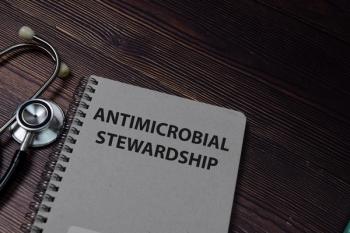
Engaging in antimicrobial stewardship programs led to a reduction in antibiotic usage in long-term care facilities, potentially reducing the growing risk of antibiotic resistance.

The phase 3 results for its antibiotic, cefepime-taniborbactam, demonstrated it met its primary endpoint and the company says it is on track for a fourth quarter 2022 FDA NDA.

Using real-time genetic surveillance, investigators found bacterial infections rapidly develop resistance to antibiotics, only to have these gene mutations disappear within a few days of switching to a different treatment.
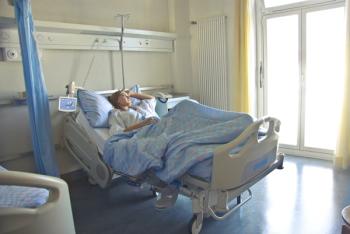
Few patients hospitalized for COVID-19 developed concurrent infectious diseases or required antibiotics.

For the first time, a research team mapped C difficile’s outer “S-layer,” finding the dangerous bacteria’s chainmail-like shell enables it to be highly resistant.
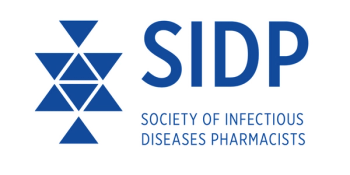
In the latest column from SIDP, handshake stewardship prioritizes face-to-face communication between frontline providers to enable feedback to assess the appropriateness of prescribed antimicrobials.

The 2019 Strategic Plan of the Infectious Diseases Society of America lays the groundwork for understanding prescribing practices.

Latest update of the bill introduced in the House November, but no word on a potential vote yet.

Shorter durations of antibiotic therapy demonstrate similar efficacy and may improve safety compared with longer courses for certain infections.
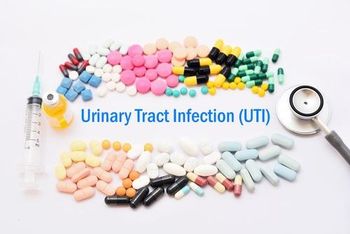
Investigators examined the efficacy and safety of carbapenems vs select novel antibiotics for treatment of cUTI.

To reduce antimicrobial resistant pathogens, nursing homes should carefully monitor their use of hospital-grade antibiotics.

Hospitals with lower c difficile antibiotic usage averaged shorter length-of-stay than hospitals that prescribed more antibiotics.
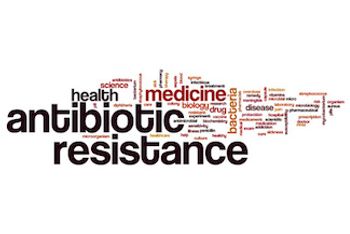
More than 1.2 million people were estimated to have died in 2019 as a direct result, and that antimicrobial-resistant infections played a role in millions more.

In the latest column from SIDP, the authors discuss having leaders to help navigate school and beyond.

Matt Henn, chief scientific officer at Seres Therapeutics, discusses new ways of targeting infectious diseases and antimicrobial resistant infections.